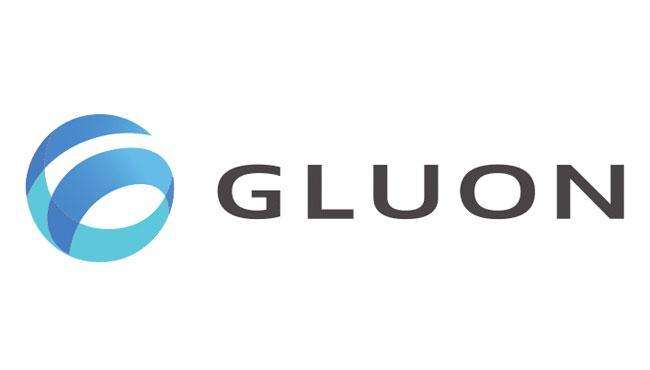Microsoft and AWS buddy up to democratise machine learning
Microsoft and Amazon Web Services (AWS) have teamed up to launch an open-source, deep learning library called Gluon which will make machine learning (ML) more accessible to a wider range of developers, reports Telecoms.com (Banking Technology’s sister publication).
That will be the key to winning the machine learning race. Not making the most complex and advanced ML proposition, but the one which is the most accessible to developers of all standing. This democratisation has even brought Microsoft and AWS together, two companies which are usually heated rivals in the cloud game.
For the most part, the immensely complex operations which have been built up in our mind for artificial intelligence (AI) will be the exception not the rule. Self-driving cars for instance will be an incredibly complex job for any AI application, as will AI assistance for doctors diagnosing patients, but for every example like this there will be dozens of examples of simple automation. Mundane automation where the process has to correct itself every now and then to recognise anomalies, but it is simple data processing as white collar jobs come under threat.
This is where accessibility will win out. It won’t take an award winning developer to create these programmes, it’ll probably take a normal one, who has been given the tools needed to make a better understanding of machine learning. A good example is in accountancy. The financial director of a company needs to know accountancy and the financial trade inside out, a book-keeper who’s role it is to manage the payroll doesn’t need to have such a complex understanding of the trade. Some AI applications will be incredibly in-depth and complicated, some will not.
Matt Wood, GM of artificial intelligence at AWS, says: “Gluon provides a clear, concise API for defining machine learning models using a collection of pre-built, optimised neural network components. Developers who are new to machine learning will find this interface more familiar to traditional code, since machine learning models can be defined and manipulated just like any other data structure.
“More seasoned data scientists and researchers will value the ability to build prototypes quickly and utilise dynamic neural network graphs for entirely new model architectures, all without sacrificing training speed.”
Deep learning engines like Apache MXNet, Microsoft Cognitive Toolkit, and TensorFlow have managed to speed up a training process, but the process still requires the developer to build the training model itself. This is not a simple or quick task. Other models go the other way, allowing for a simple build, but the training takes longer. Gluon aims to sit in the middle.
It is a simple idea, but the best ones usually are. Every developer will want to play around with machine learning, and to incorporate it into their work in some manner, but not all will have the skillset. AWS and Microsoft are trying to simplify the process to democratise what is being touted as a fairly significant breakthrough.











































